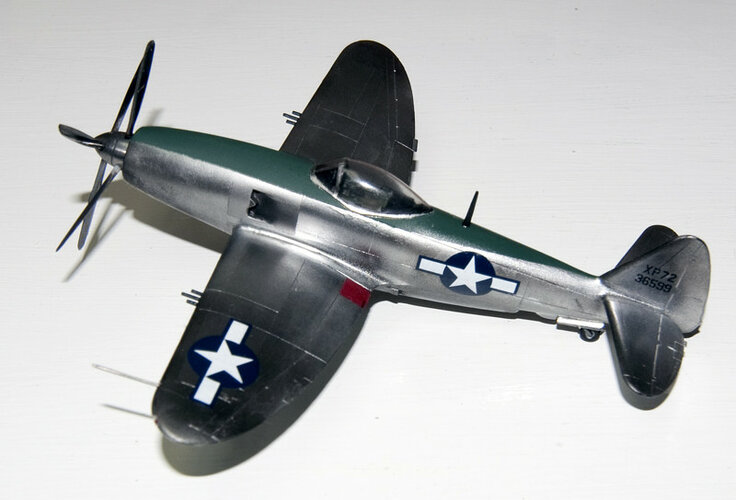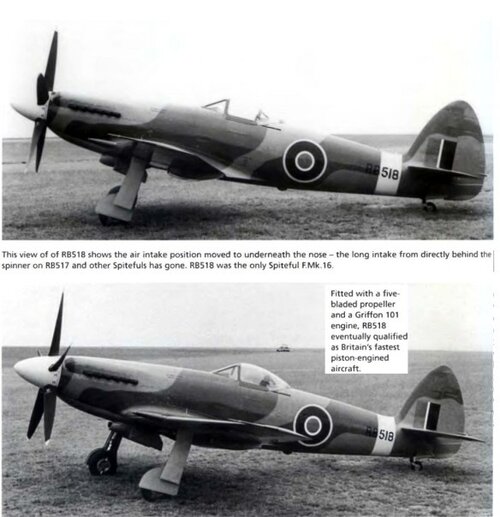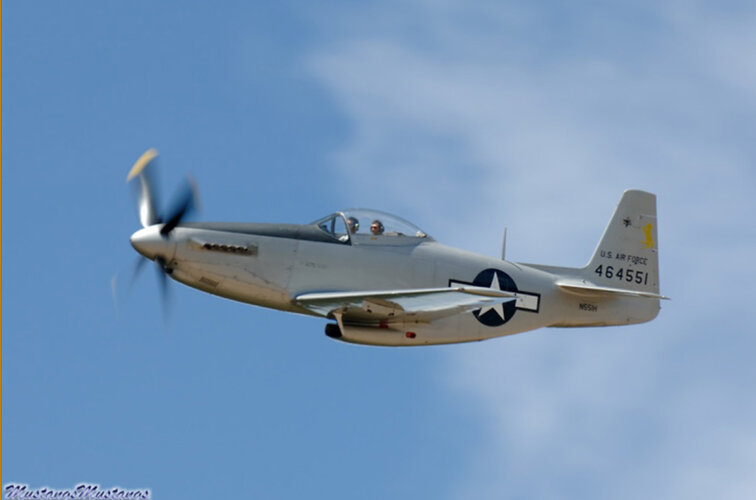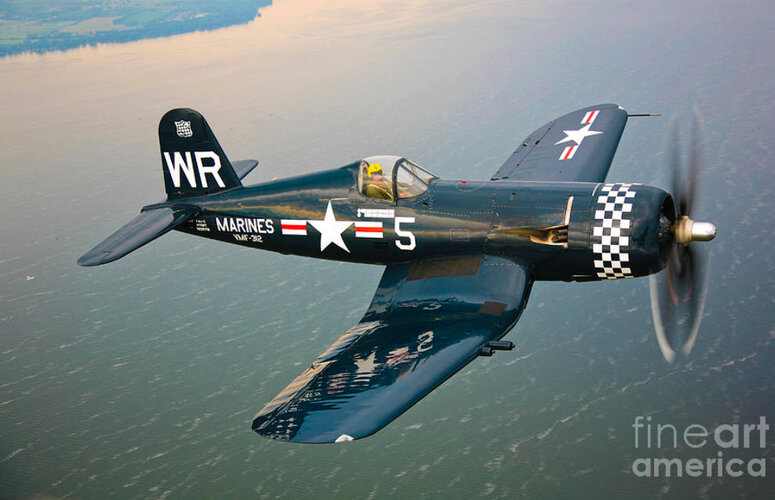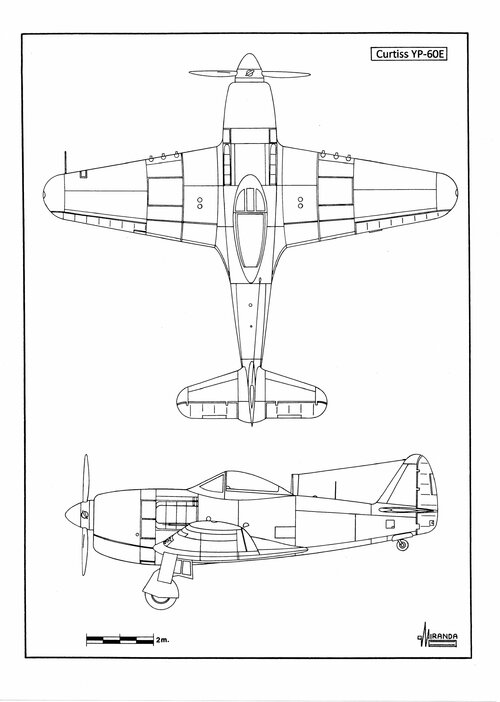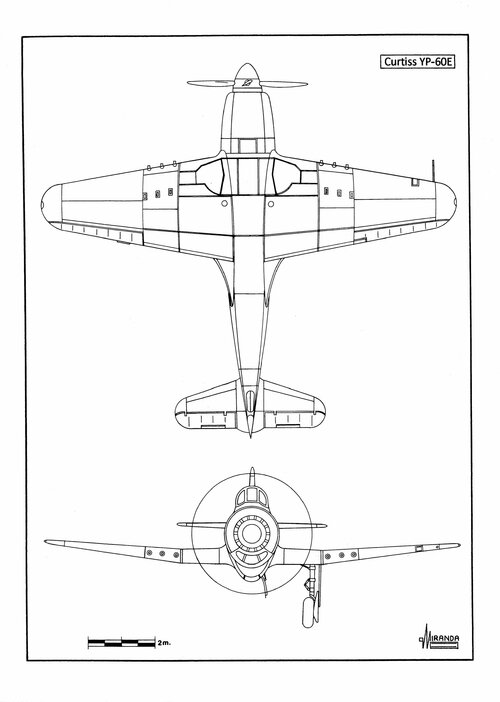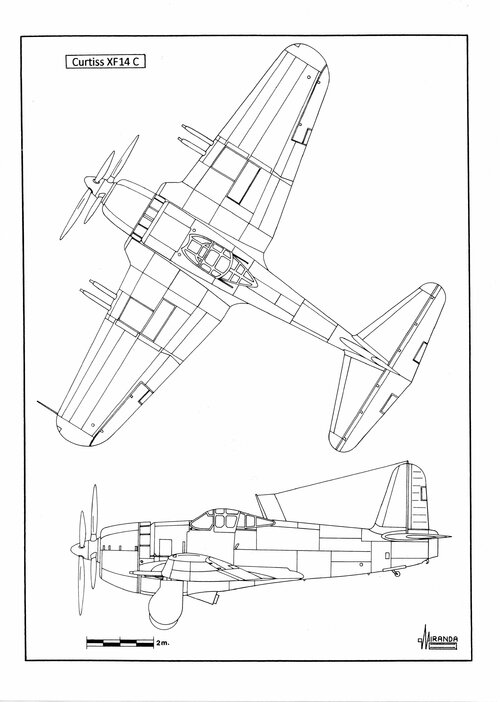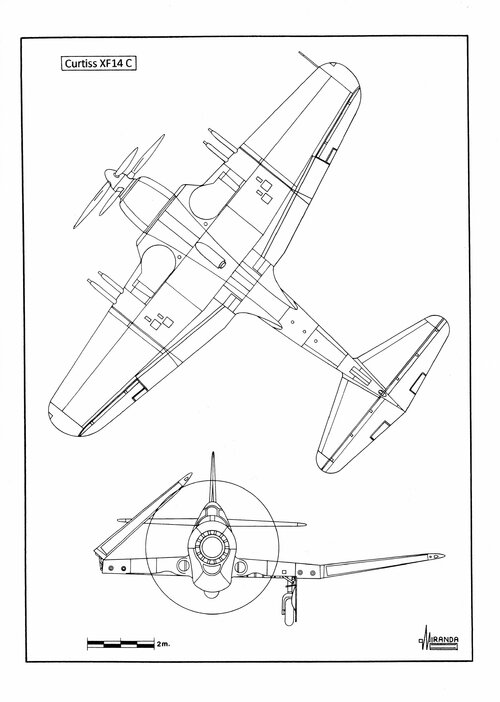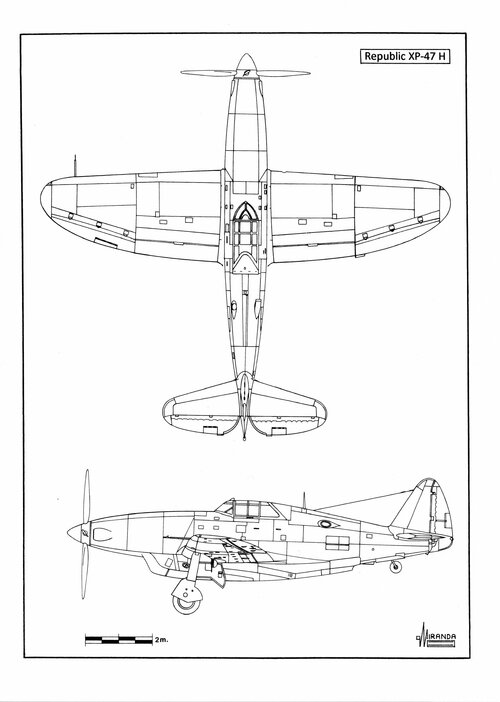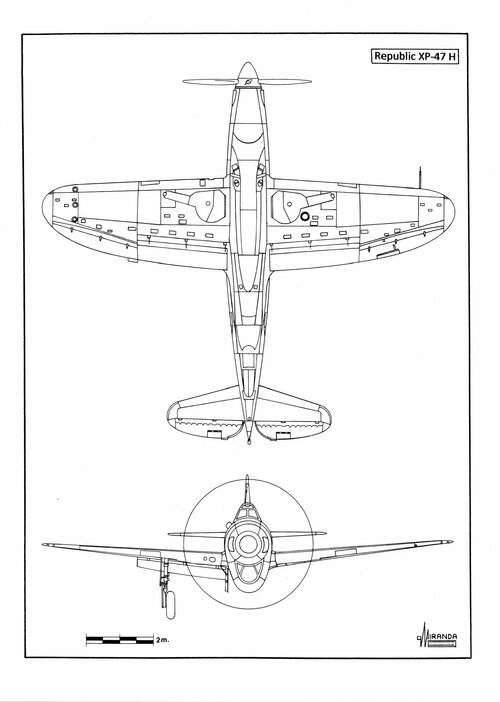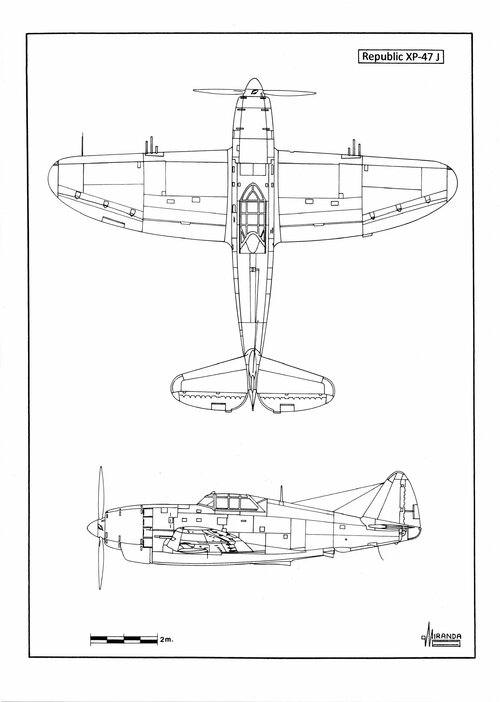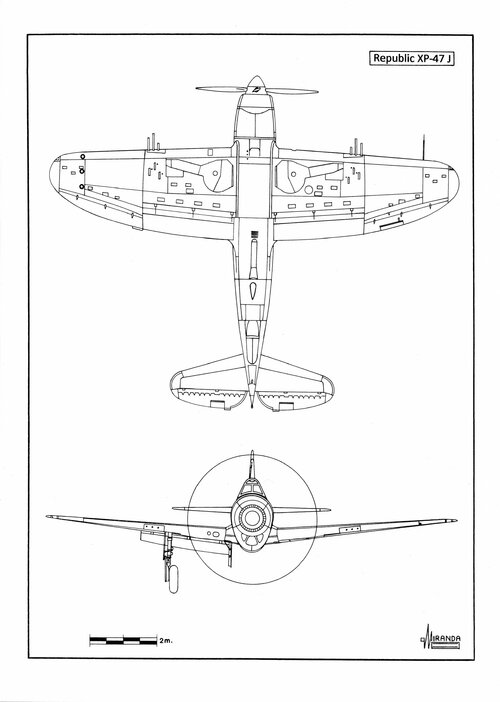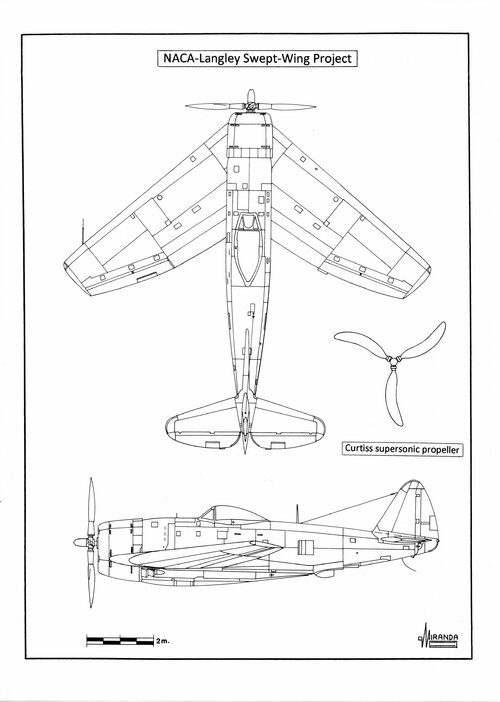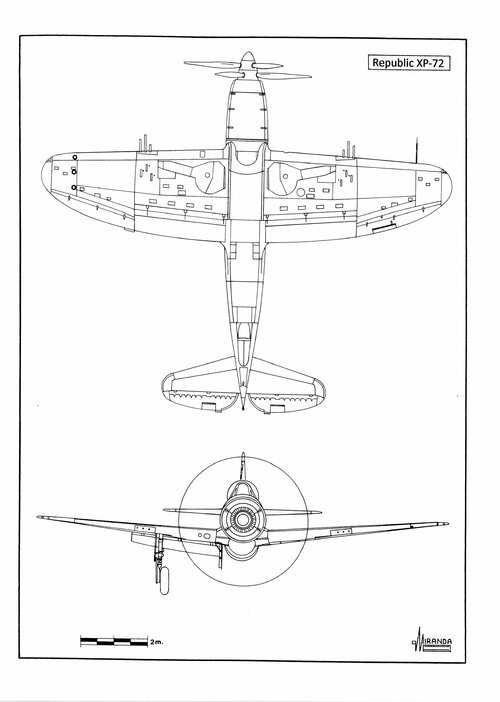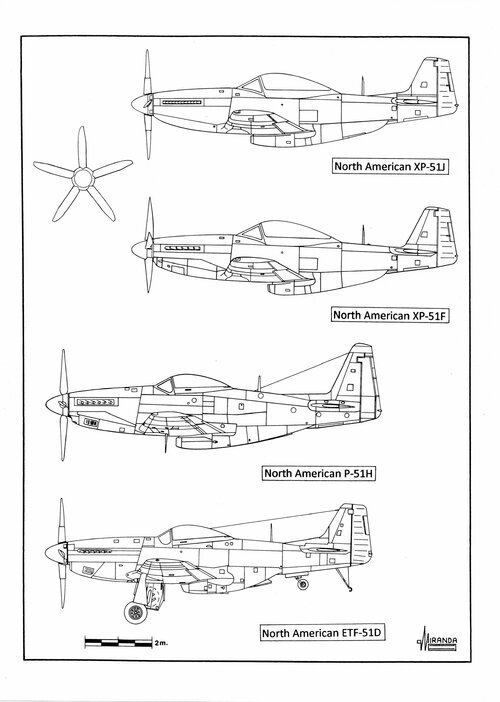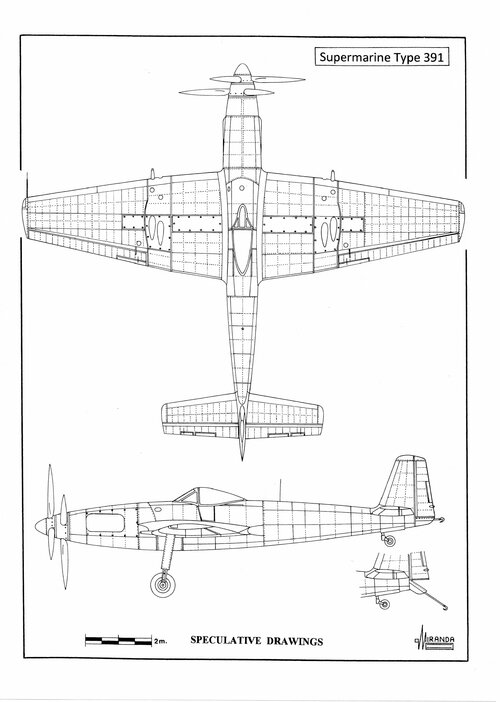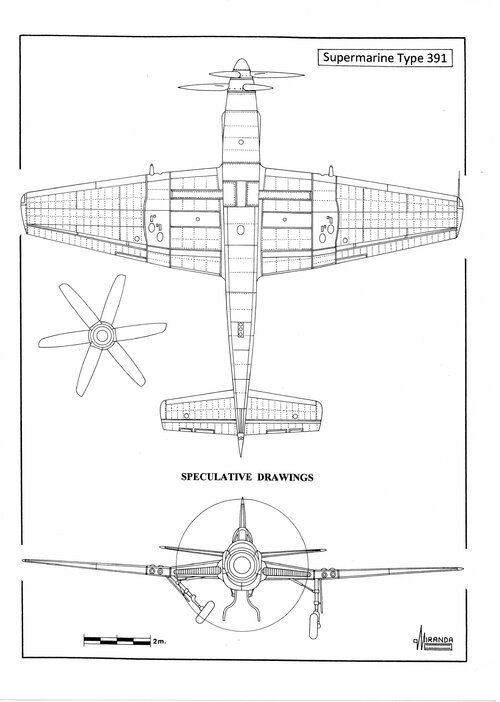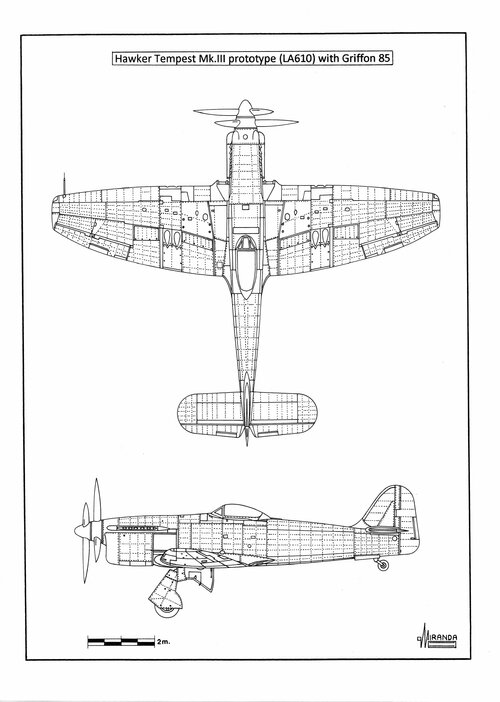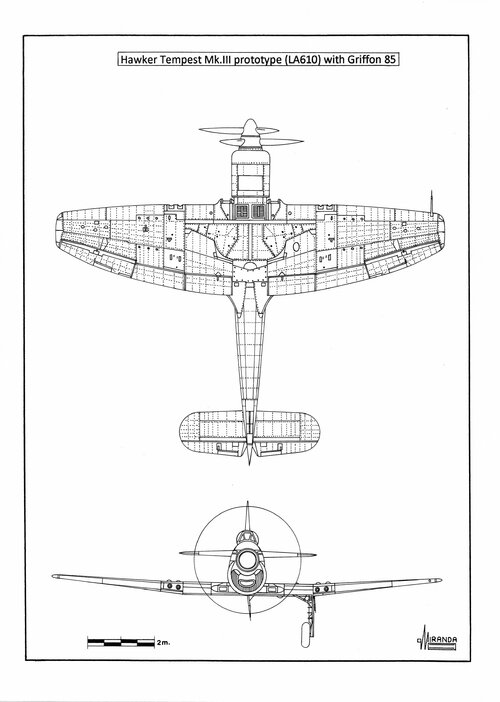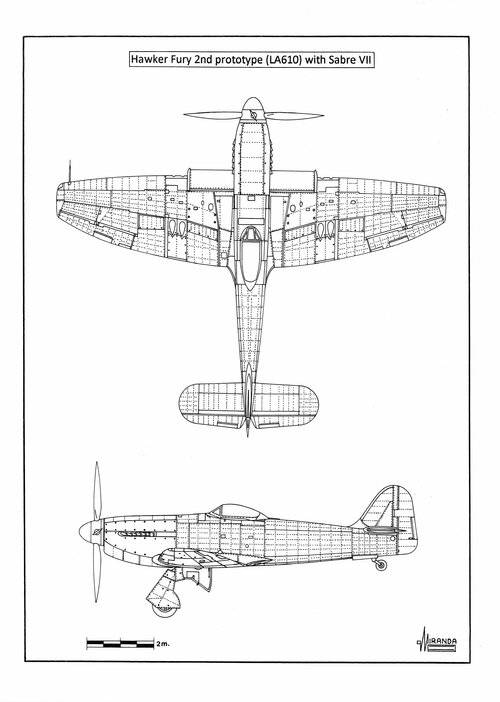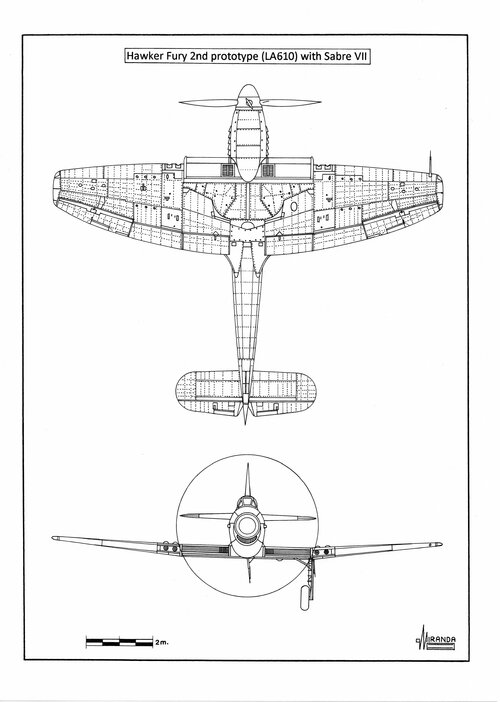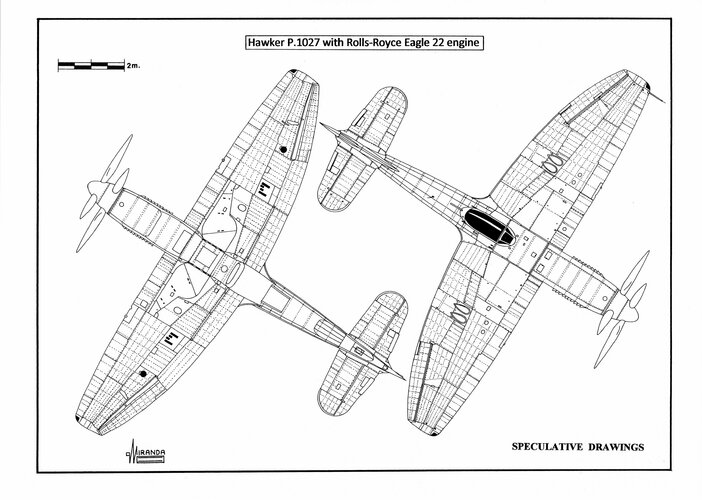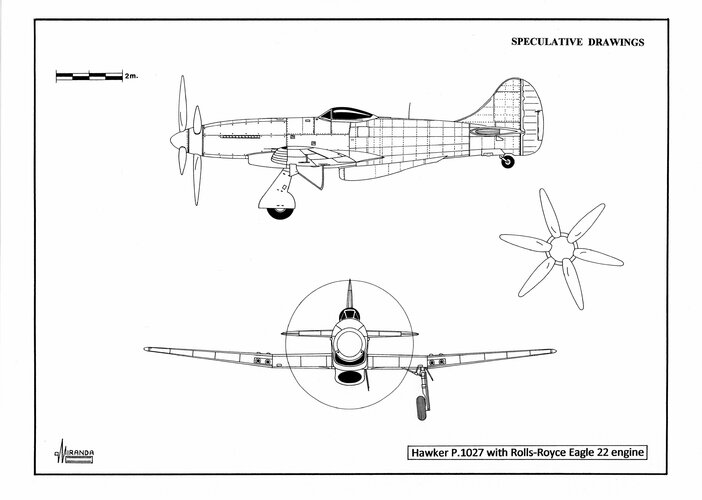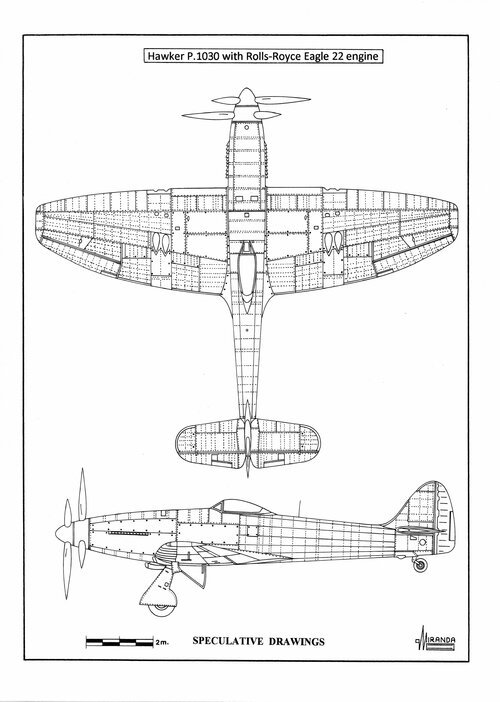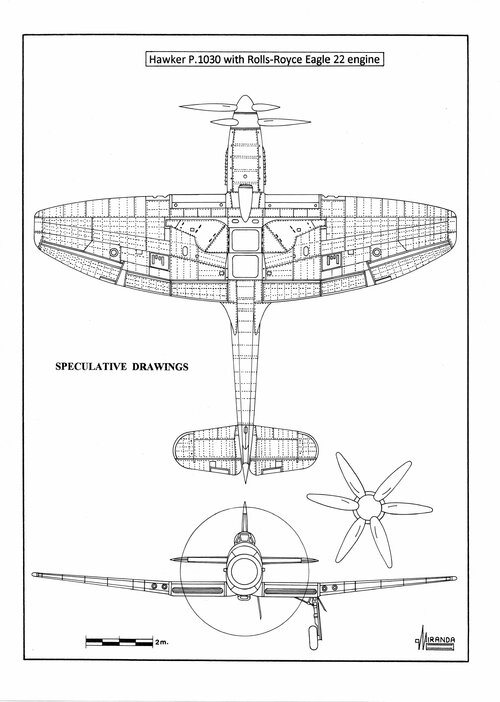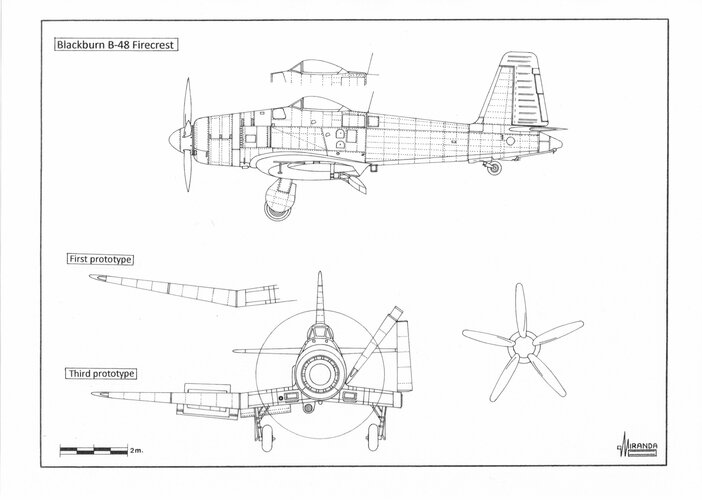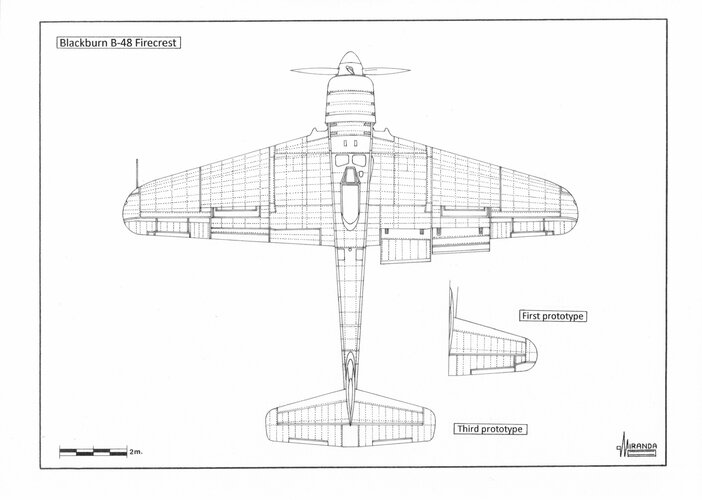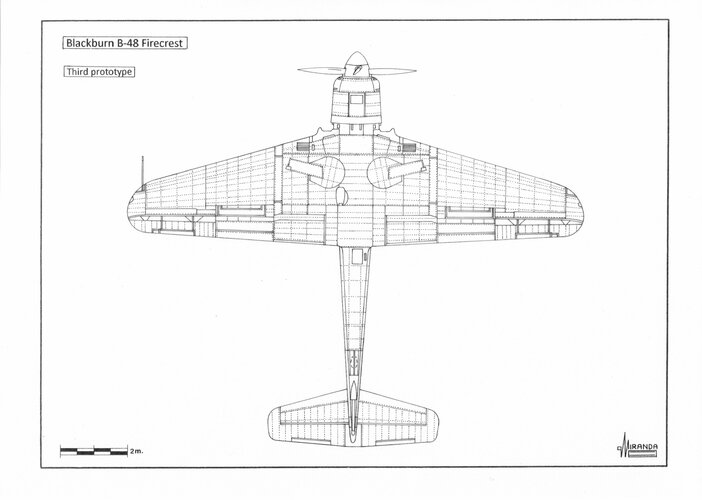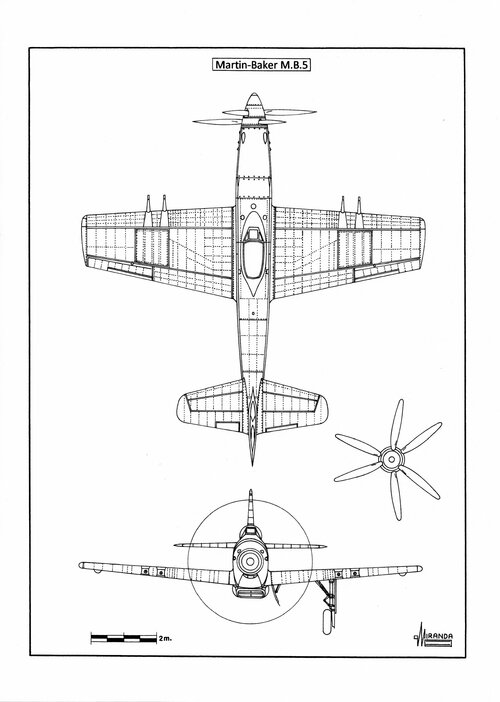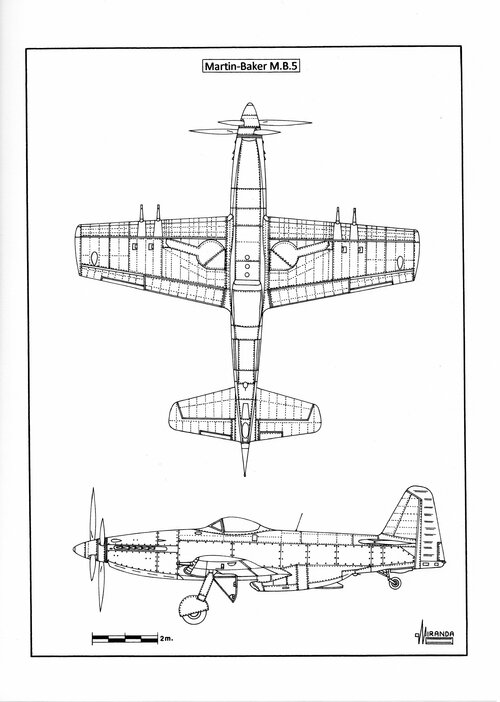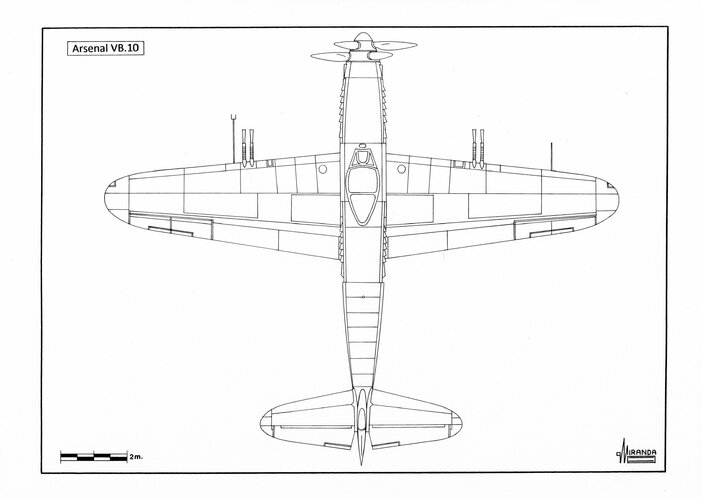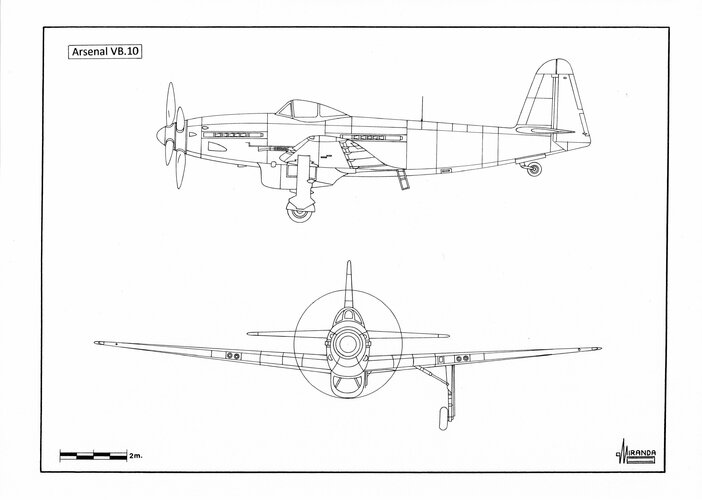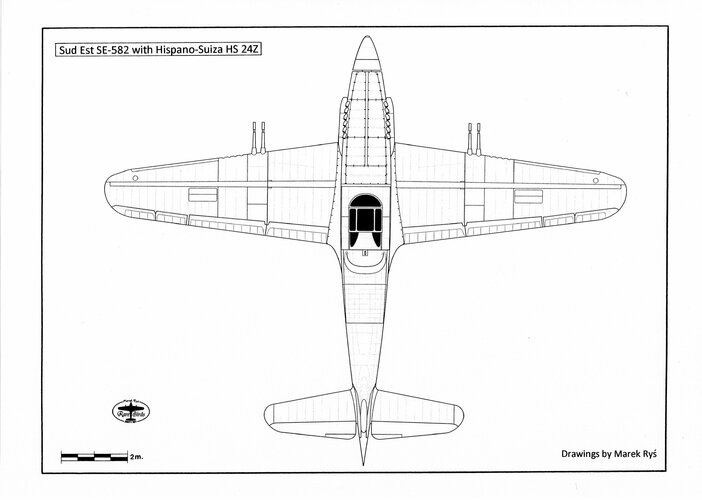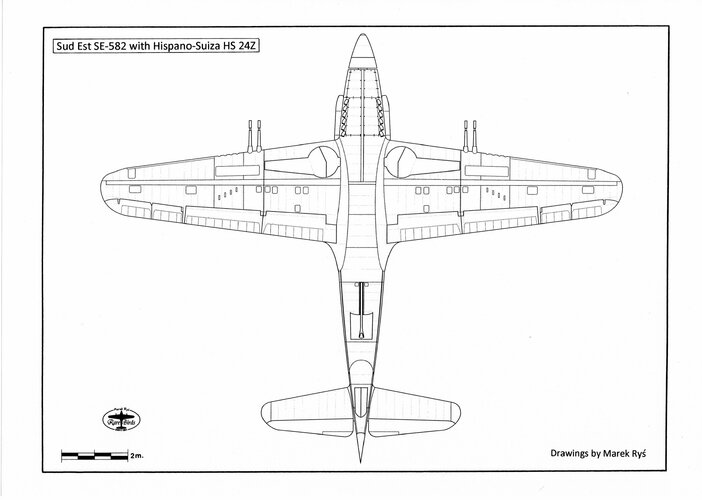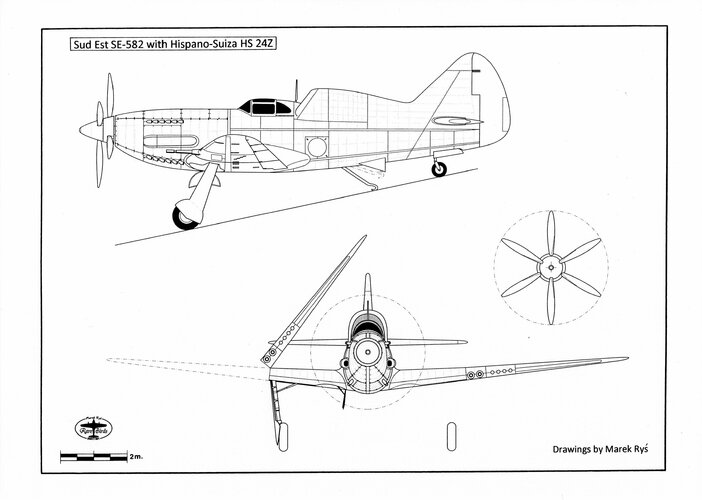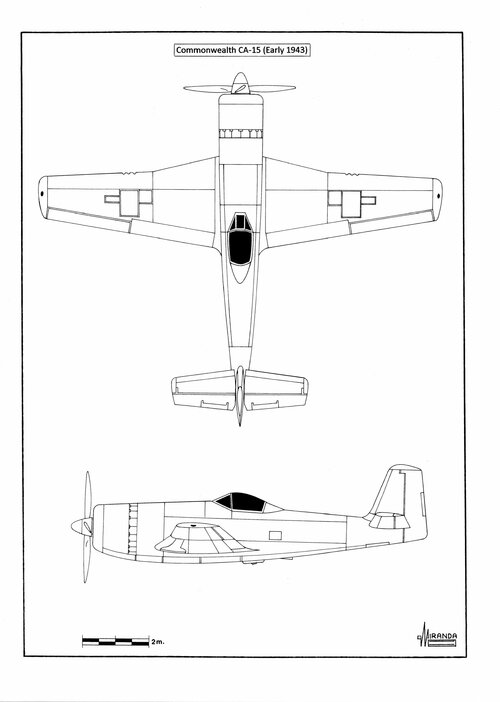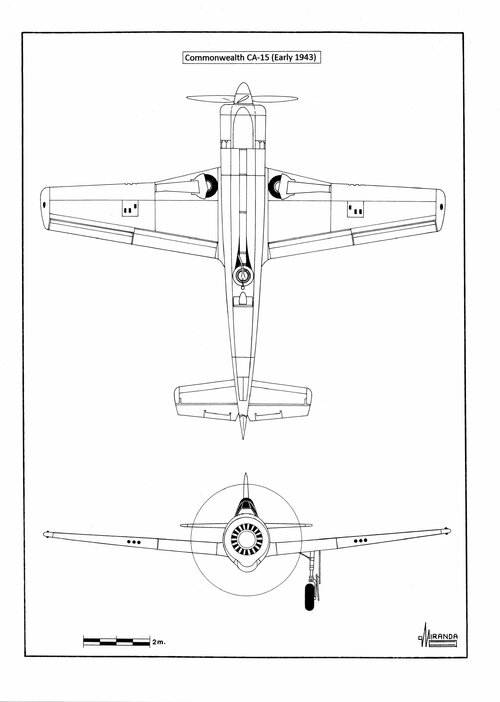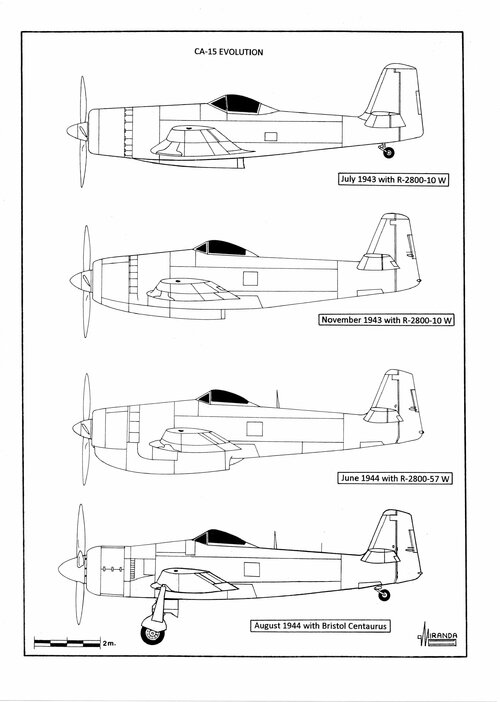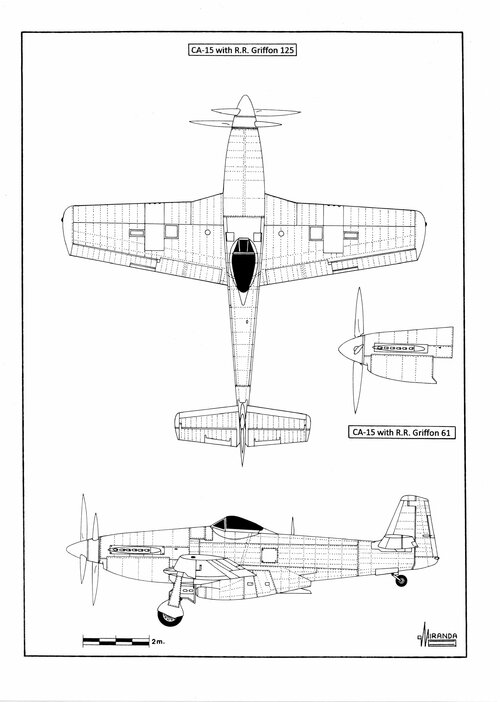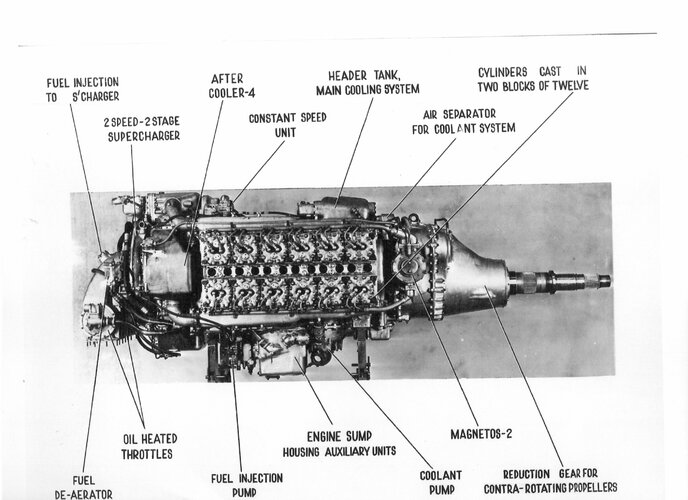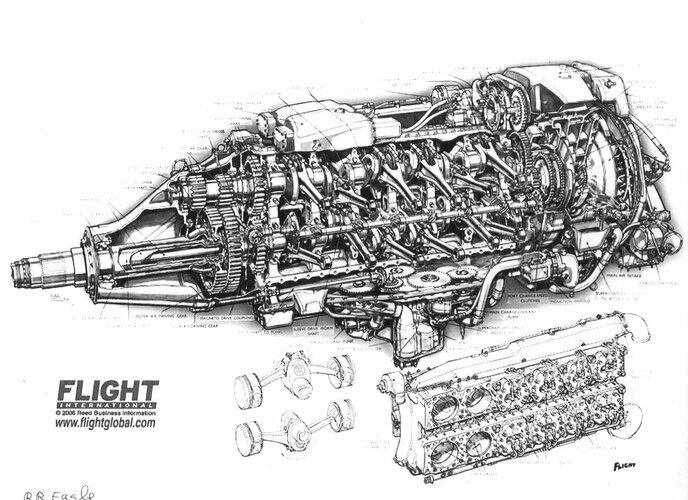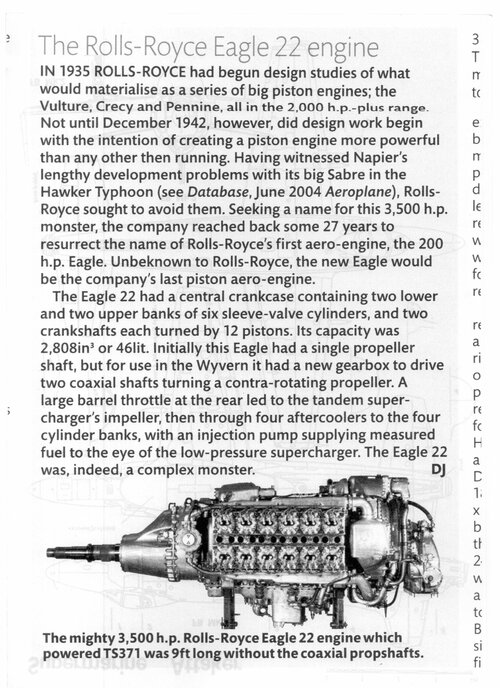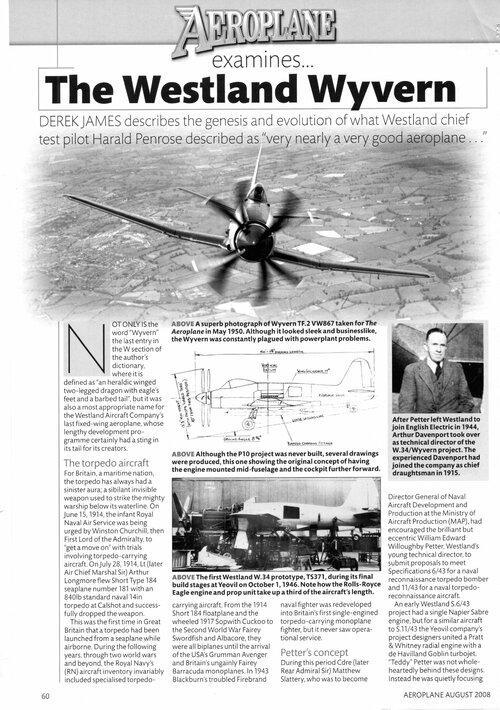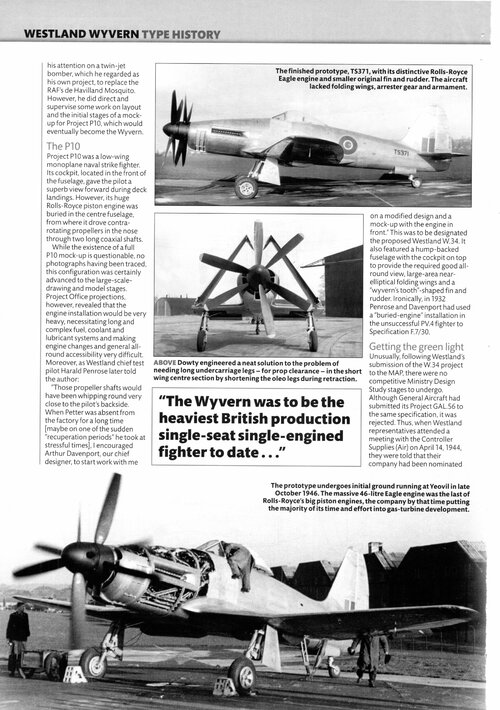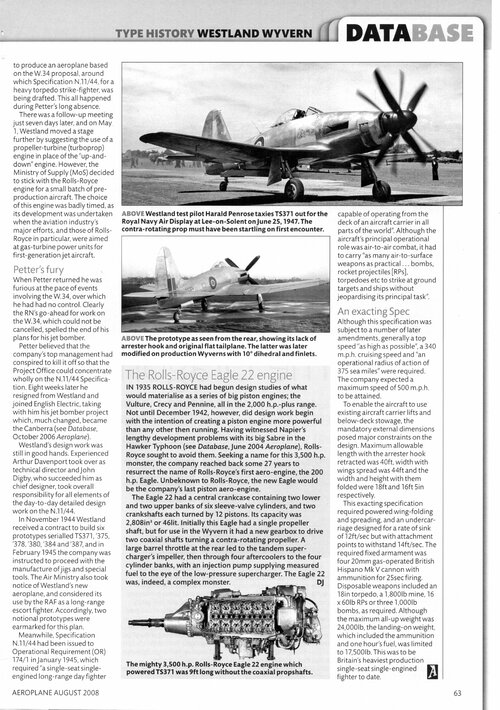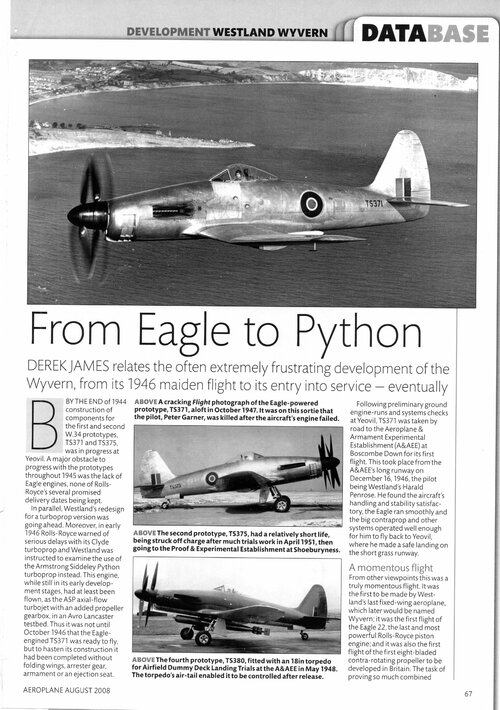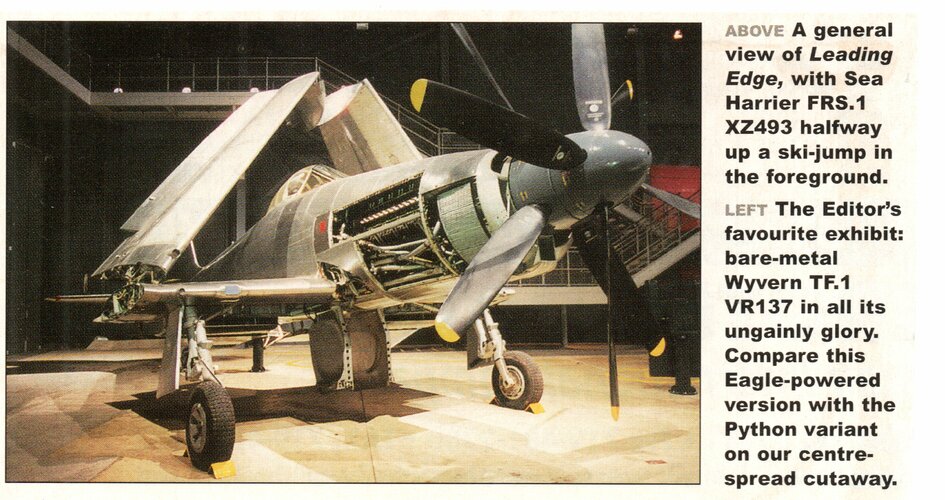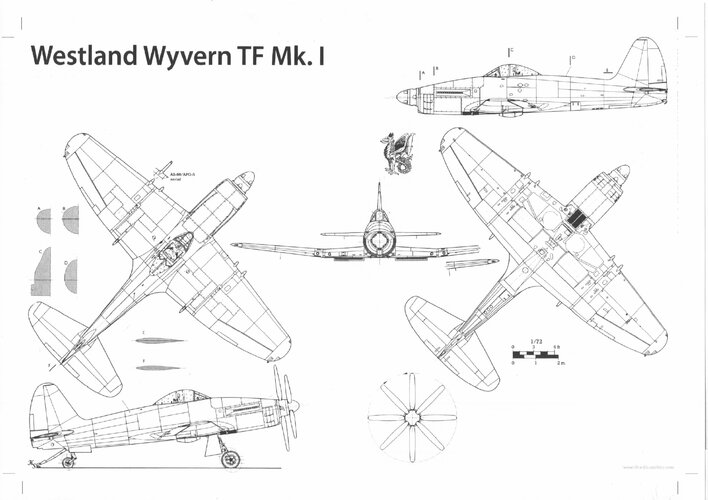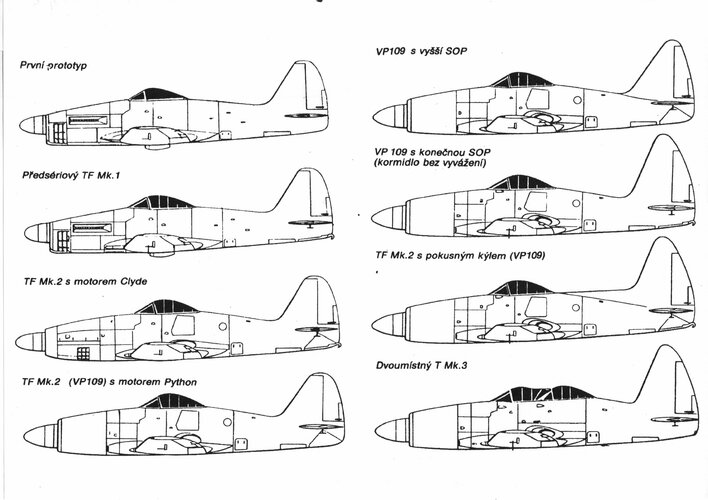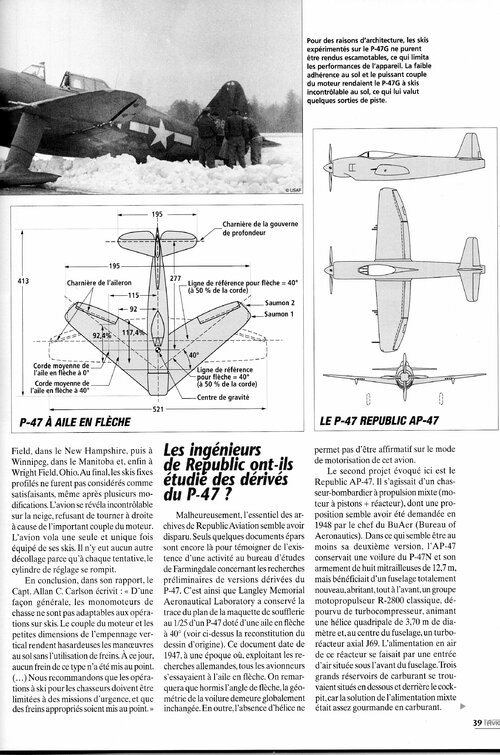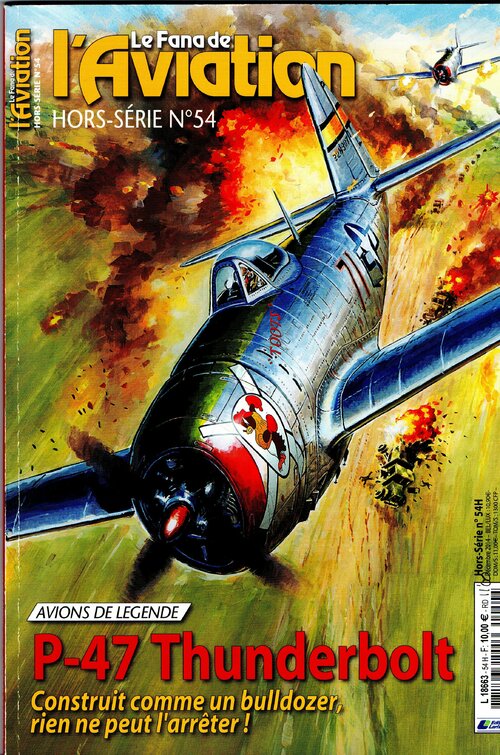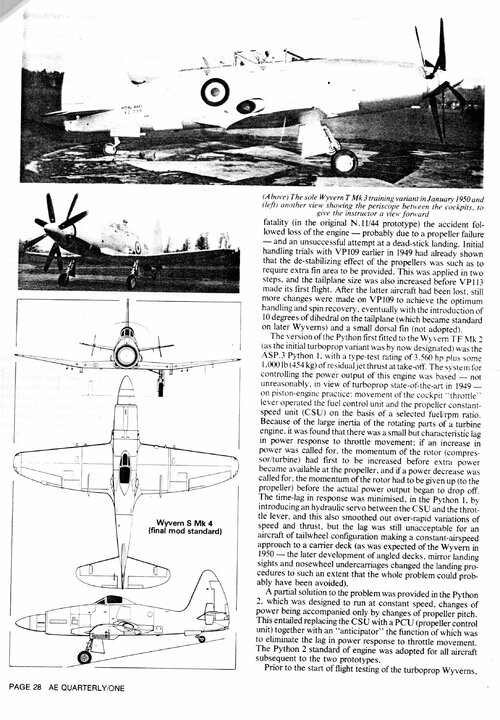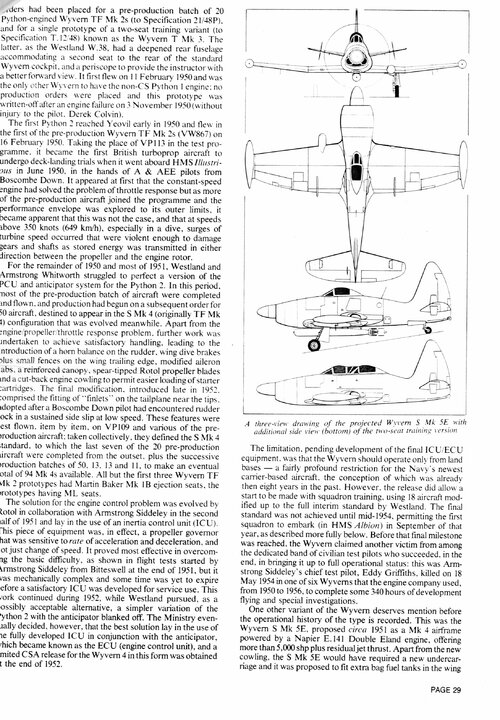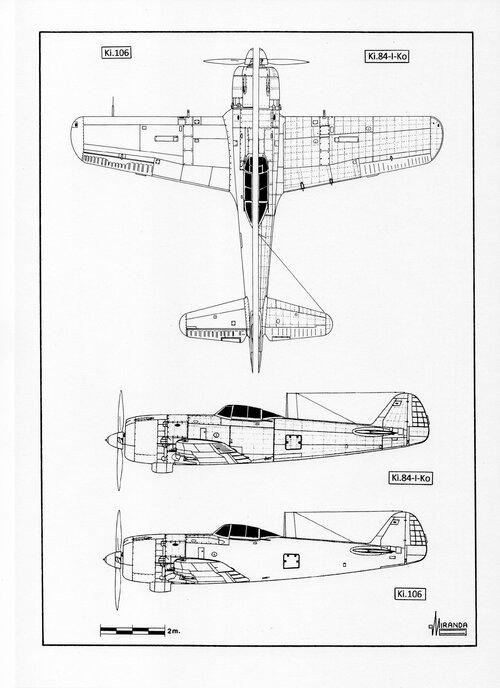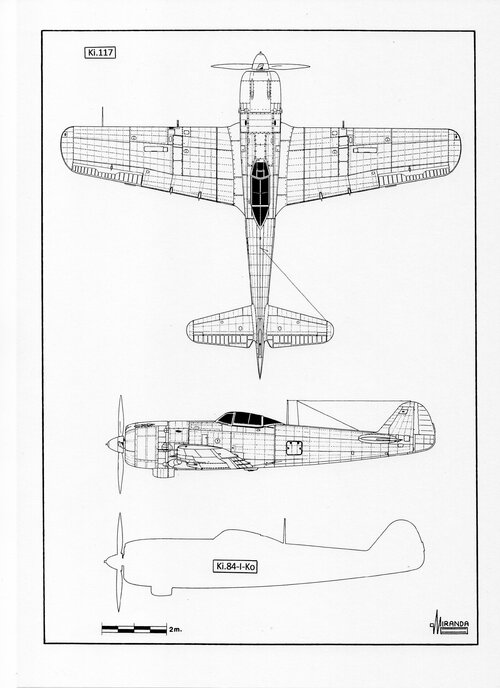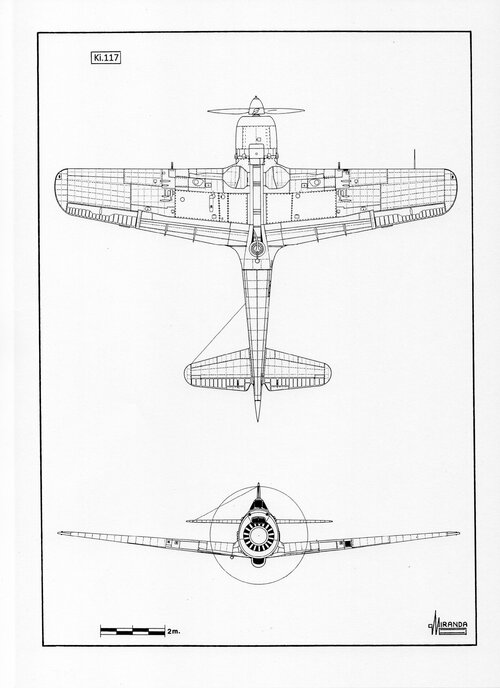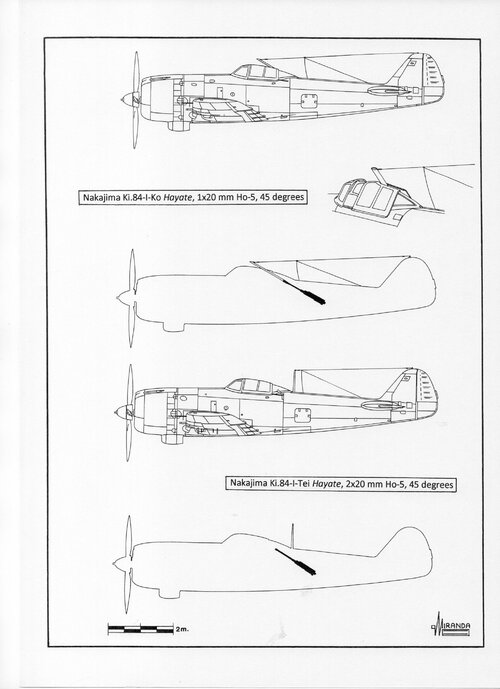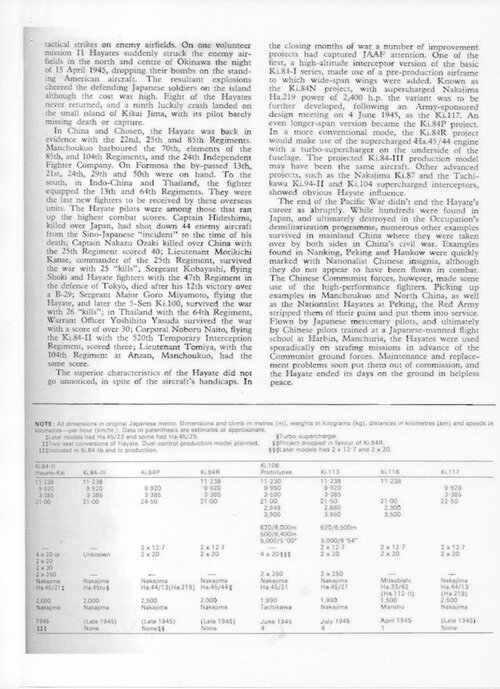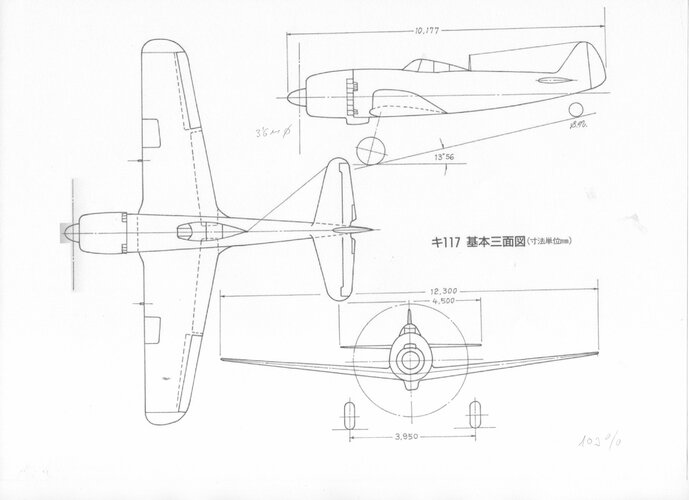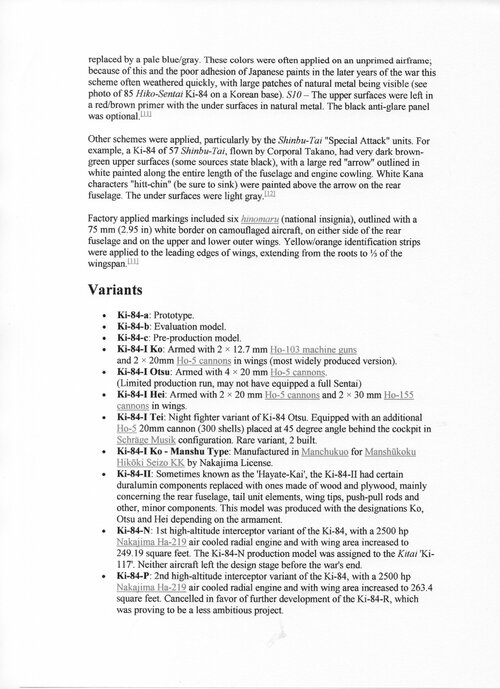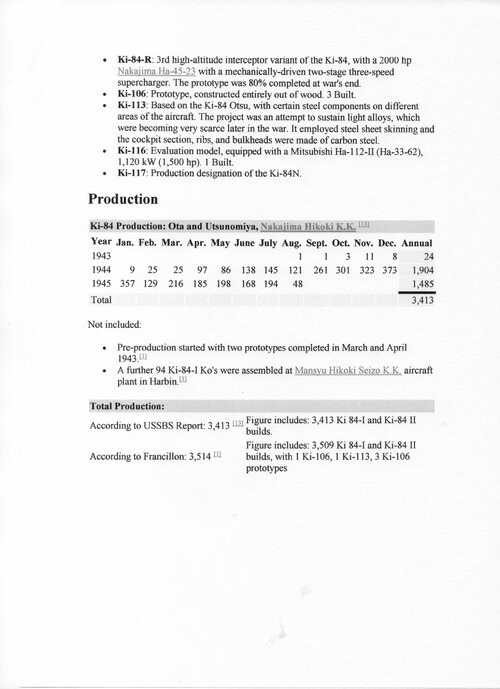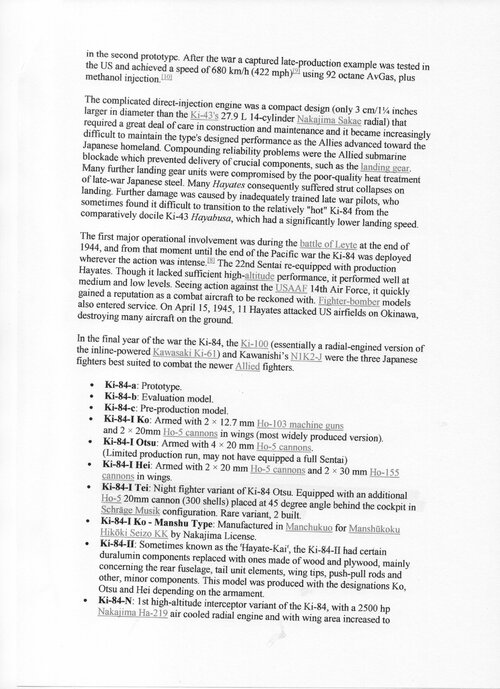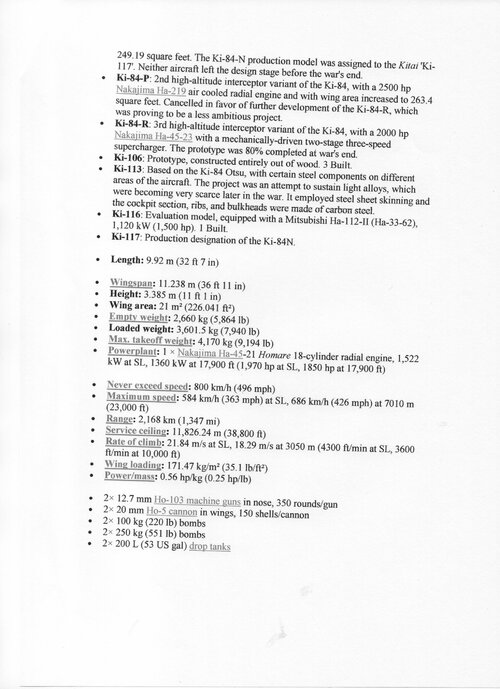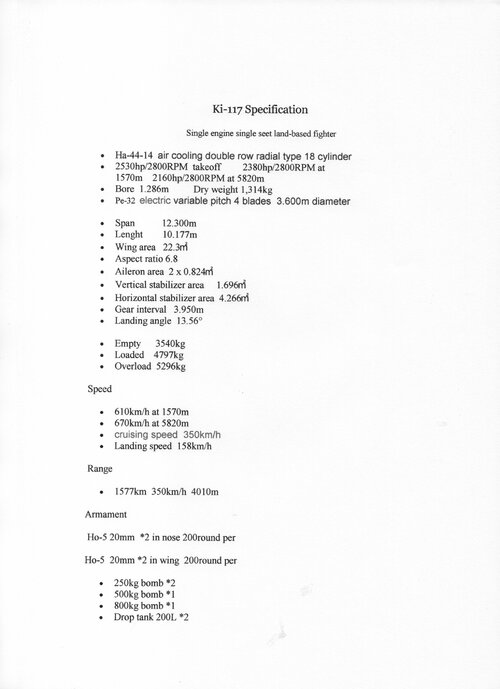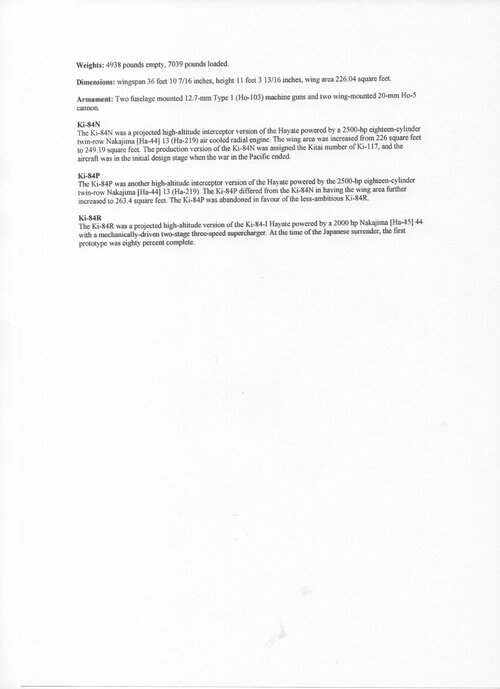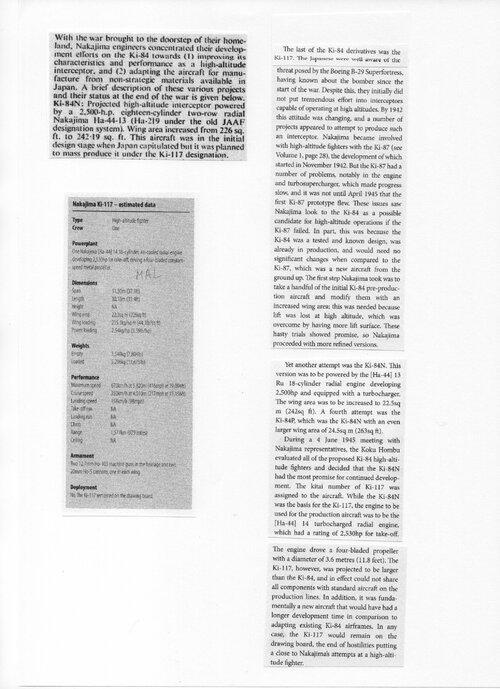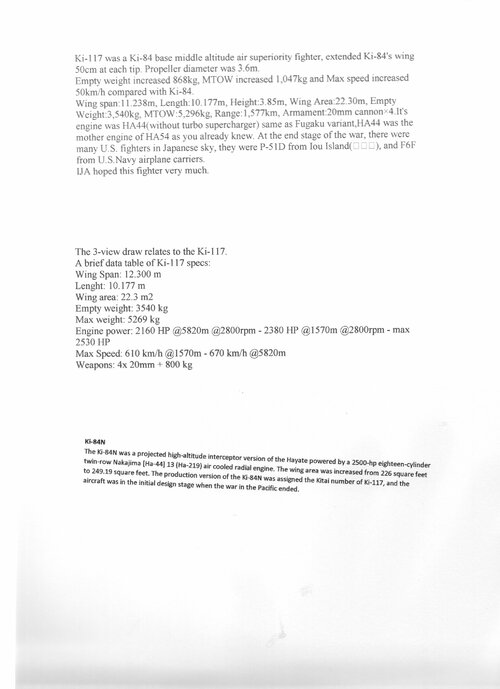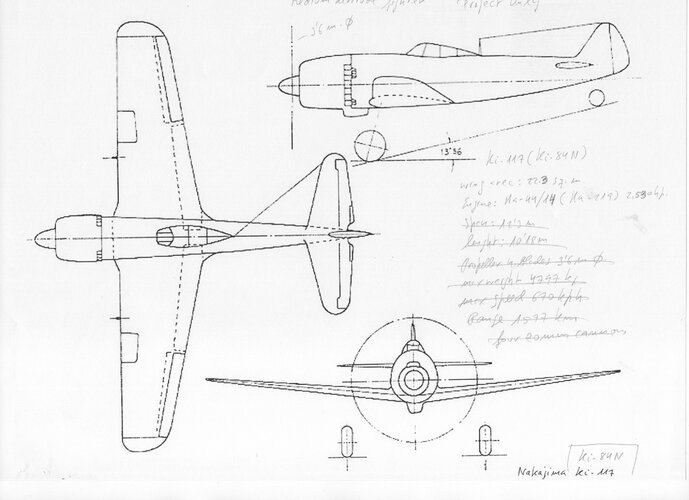Slightly OT:
Earlier this year Wikipedia had an entry which claimed that a japanese in an 1980's interview stated that Ki-84N's with the Ha-44 engine had been tested to 721-724 kmh at 12880m in 1945. Now it's gone and the page is back to the more normally accepted; no Ki-84N/Ki-117 were completed.
My autistic side dislikes such ambiguity. Can anybody shoot the Ki-84N down for me (or even better, prove it flew).
PROJECT ONLY
- Designed in 1942 to address the shortcomings experienced in combat by the Ki.43 and Ki.44 fighters of the same firm, the Ki.84 was used with great success as an interceptor, fighter bomber and air superiority fighter, fitted with 13 mm bulletproof steel plate and self-sealing fuel tanks.
Powered by one 1,990 hp Ha-45-21 radial engine and armed with two 12.7 mm Ho-103 machine guns and two 20 mm Ho-5 cannons, the Ki.84 had almost the same range than the P-38L and was best at low altitude manoeuvring than any Allied fighter, also besting them at climb rate below 20,000 ft. The Ki.84 units were plagued by poor workmanship and experienced numerous maintenance problems, with engine and undercarriage failures that diminished its effectivity in the final years of the war. Most late-production
Hayates could not achieve even 400 kph, when the standard level speed of the Ki.84 was rated at 620 kph.
On 4 November 1944, out of the eighty Ki-84 units sent to Lingayen only fourteen arrived. The rest suffered problems of engine, landing gear, hydraulic or fuel systems. The Ha-45 direct-injection
Homare 21 engine entered prematurely into service without being fully tested, their injectors were not designed for the low-quality fuel
Koku 87 Kihatsuyo of 87 octane and got frequently stuck. The oil temperature suffered serious variations during flight and the pressure at inverted flight was zero.
Like its predecessors Ki.43 and Ki.44, the
Hayate was equipped with ‘butterfly flaps’ that could be deflected for combat by an angle of 15 degrees. The maximum lift coefficient of 1.70 allowed it to perform 360-degree turns in 17.05 seconds. Under good maintenance conditions, the Ki-84-I-Ko reached a maximum speed of 686 kph with a service ceiling of 11,830 m.
During the battle of Philippines, between 17 December 1944 and 8 January 1945, twelve Sentais equipped with Ki.84-I-Ko airplanes conducted escort missions of kamikaze groups, suffering heavy losses. The Sentais 12th, 52nd and 102nd used them as fighter bombers with Type 99, No. 25, Model I bomb of 248.7 kg suspended under the starboard wing and a 200 litres droppable fuel tank under the port wing. By mid-November 1944, the pilots of some of these aircraft started to perform individual
Tokko attacks. On November 16, a group of sixteen Ki.84s and seven Ki.43s participated in a raid against Burauen airfield, destroying five B-29 bombers by using a combination of strafing and Ta-Dan bombs.
On 17 December, twelve Ki.84 of the 21st Hikodan escorted a group of suicide planes formed by three Ki.43-III of the
Hakko Tai no.7 and a Ki.84-I-Ko of the
Seika Tai off Mindoro. On 15 April, eleven
Hayates of the 100th Sentai attacked US airfields in Okinawa destroying some planes on the ground. On 25 May, eleven Ki.84 of the 103rd Sentai attacked the Yontan airfield with strafing and
Ta-Dan bombs.
Against the B-29, the Ki.84 did not have better luck than the Ki.44, achieving just a few successes with frontal attacks using Ho-155 cannons and
Ta-Dan bombs. On 16 March 1945, during a raid against Kobe, the B-29s 42-65242 and 42-63546 were shot down by aircraft of the 246th Sentai piloted by Kenji Fujimoto and Yokio Ikute. On 13 and 14 April, another two bombers were shot down by Yoshio Yoshida of the 70th Sentai. During these battles, it was made patent that the best time to attack with
Ta-Dan bombs was when the B-29s were launching their own bombs because they could not perform evasive actions during this operation. Finally, some pilots were forced to make
Tai-Atari frontal attacks after exhausting their ammunition firing against the giant airplane, with no apparent result.
To improve the firepower of the
Hayate, Nakajima incorporated two new variants in the production lines. The Ki.84-I-Otsu appeared in November 1944, with four 20 mm Ho-5 cannons and, early in 1945, the Ki.84-I-Hei with two Ho-5 and two mm Ho-155 cannons. But, as with the
Shoki, the flying tests showed that the excessive weight of the armament degraded the rate of climb, to the point of not being able to reach the flight altitude of the B-29s in time to intercept them. The IJA had not yet received the high-altitude interceptor requested from the industry three years before.
The situation worsened on 1 November when a B-29 flew over Tokyo without being intercepted by the Ki.44. The next day the IJA ordered all air defence Sentais formed a
Shinten Seiku Tai unit to be specialised in ramming attacks using Ki.43, Ki.44 and Ki.45 fighters, devoid of armament, to confront the American heavy bombers. After evaluating the first match between a Ki.48-I and a B-29 that occurred on 16 March, 1945, the firm Nakajima started an accelerated program to obtain a high-altitude version of the
Hayate and the design team began working simultaneously on five projects: Ki.84 Sa Go, Ki.84-III, Ki.84N, Ki.84P and Ki.84R.
The Ki.84 Sa Go was a Ki.84-I-Ko airframe with a modified Ha-45 engine in which the Methanol-water injection system had been replaced by oxygen injection to improve high-altitude performance. The Ki.84-III would have the same airframe powered by one Ha-44-13 engine with Ru-302 mechanically driven supercharger. The Ha-44-13 generated 2,450 hp at take-off and was able to maintain 2,040 hp at 11,000 m. but was heavier than the Ha-45 and never become operational. The Ki.84.III was still on the drawing board in August 1945.
The building of the Ki.84R (Ki.84-IV) was started with new wings of 12,138 m span and 22.5 sq.m surface, but after a new calculation it was decided to expand them to 12,238 m and 23.5 sq.m. The tail surfaces were also enlarged by 10 per cent. The proposed engine was a Ha-45-44 (with Ru-303 exhaust-driven turbo-supercharger) driving a four-bladed propeller with 3.5 m in diameter, which made it necessary to lengthen the undercarriage legs. With the Ru-303 it was expected to obtain an engine power of 1,870 hp at 3,400 m, 1,640 hp at 6,000 m and 1,550 hp at 9,000 m. The prototype was 80 per cent complete in August 1945.
The Ki.84P was a project only version of the Ki.48R with 24.5 sqm wing area and one Ha-44-13 engine.
The Ki.84N would have used a 2,450 hp Ha-44-13 or a 2,530 hp Ha-44-14 engines with Ru-303 turbo-supercharger driving a four-bladed propeller with 3.6 m in diameter. The proposed armament was four 20 mm cannons. It would have had 12,3 m wingspan, 10,177 m length, 3.85 m height, 22,3 sq.m wing surface, 610 kph max speed, 5,296 kg maximum weight and 1.577 km range. On 4 June 1945 the
Koku Hombu decided its mass production with the
kitai number of Ki.117, project only.
By mid-1943, the effective blockade by the U.S. Navy Submarine Force began to strangle the Japanese economy and the aeronautical industry was particularly affected by increasing shortages of hig aviation fuel and light alloys. Prior to the US embargo, the IJA normally used 91 octane fuel, then the worse 87 octane fuel was introduced, to great detriment of aircraft performances and numerous engine maintenance issues.
Once the Allied Forces were established in the Philippines and in Okinawa, Japan was cut off from the oil fields of the Dutch East Indies. The last tanker reached Japan in March 1945. At the end of the war the quality of fuel went down to 85 octane, because the gas was mixed with oil extracted from pine tree roots. The scarce 95 octane fuel captured to the Allies was reserved for the use of some elite units, such as the IJA 21st Hikodan, whose Ki.84 fighters performed kamikaze escort missions, or the
Shiden-Kai fighters of the IJN 343 Kokutai that protected strategic targets. In contrast, the Allies consumed between 40,000- and 70,000-tons of 100/150 Grade Aviation 44-1 fuel each month.
On 8 September, Nakajima, Tachikawa and Mansyu were instructed by the Koku Hombu i to use wood and steel as aluminium substitutes in the manufacture of
Hayate.
Nakajima began building a version called Ki.84-II-Kai with wooden rear fuselage control rods and wingtips. The
Hayate Kai (for
Kaizen-improvement) entered in service in autumn 1944 powered by one Ha 45-21 or Ha-45-23 or Ha-45-25 engines
After studying the wreckage of a de Havilland
Mosquito downed in Burma, Tachikawa Hikoki engineers designed the Ki.106, an all-wood version of the Ki.84 powered by one 2,000 hp Nakajima Ha-45-21 engine with 9.95 m length, 3.59 m height, 620 kph max speed and 800 km range. The Ki.106 weighed 430 kg more than the Ki.84-I-Ko, which had an adverse effect on manoeuvrability and climb rate. Late in 1944 three airframes were built for Tachikawa by Ohji Koku K.K. with two 20 mm cannons, vertical surfaces with increased area and plywood skin with a lacquer coating.
In the Ki.113 version, designed in the fall of 1944, Nakajima used steel in as many sub-assemblies as possible, but the project was left aside after the completion of the prototype early 1945. due to the excessive weight of the new airframe. Engine and dimensions as the in the standard Hayate.
The version proposed by Manshu Hikoki, called Ki.116, had enlarged tail surfaces and was powered by one 1,500 hp Ha-112-II
Kinsei engine from a Ki.46-III, driving one three bladed airscrew. Only one prototype was built.
In July 1942, the IJA issued a requirement for a night fighter to defend Rabaul base against B-17 attacks. In August 1944, Nakajima modified a Ki.84-I-Ko by installing a single 20 mm Ho-5 cannon, with 300 rounds, at 45 degrees in
Schräge Musik configuration behind the cockpit. The bulletproof steel plate of 13 mm was removed, and an aerodynamic cover tube was installed to protect the rear canopy from the blast and a cut out was made on the movable side so that it could slide backwards, about 60 per cent of opening the before remodelling. In October, the second prototype was built by modifying a Ki.84-I-Otsu and both aircraft performed test flights at Fusa airfield.
It is believed that at least 12 aircraft were converted to this configuration.
In some documents written by Major Iwamiya, Technical Director of IJA General Affairs Division, and Lieutenant Commander Noboru Kimura of the Technical Department of the IJA Headquarters, it was considered the possibility of installing a
Taki-2 radar in the version of Ki.84-I-Tei production. According to other authors the ‘Tei’ variant would be armed with two Ho-5 cannons firing at 45 degrees and in the USAF Report 1946 its number was extended to three.







